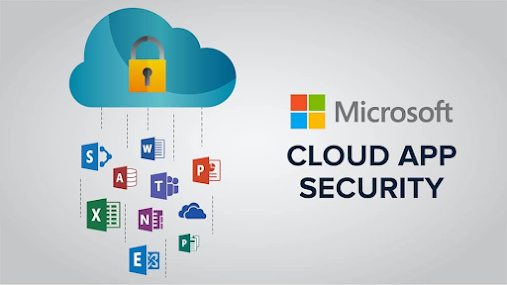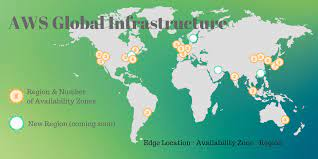Threat Protection (part 2)
To read part 1, please click here Zero-Hour Auto Purge (ZAP) It's an email protection feature present in Microsoft 365 that can retroactively detect as well as neutralize malicious phishing, spam, or malware messages that have already been delivered to Exchange Online mailboxes. By default, ZAP is available with the default Exchange Online Protection (EOP) that's included with any Office 365 subscription containing Exchange Online mailboxes. It doesn't work in standalone EOP environments that protect on-premises Exchange mailboxes. How ZAP works? Although Microsoft Office 365 updates spam as well as malware signatures on daily basis, users can still receive malicious messages due to various reasons, including if content is weaponized after being delivered to users. ZAP readily addresses this issue by regularly monitoring the updates to the Office 365 spam and malware signatures and finding as well as removing the messages that are already in a user's mail...

